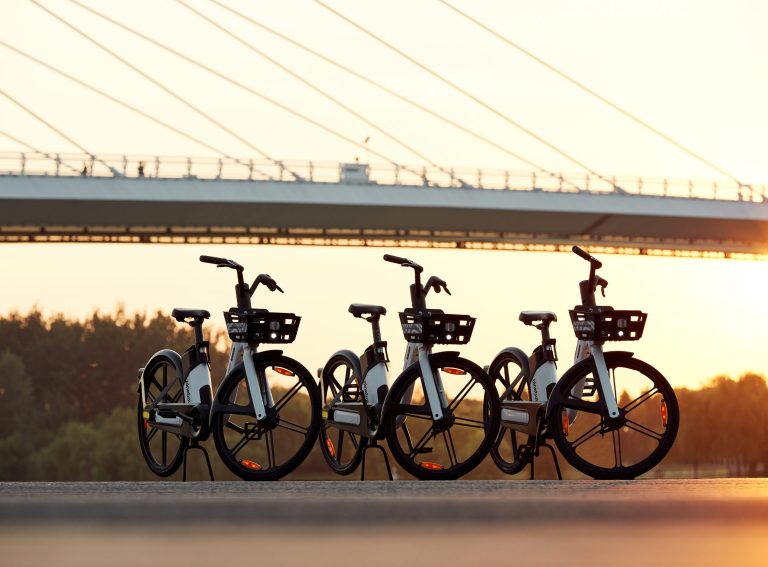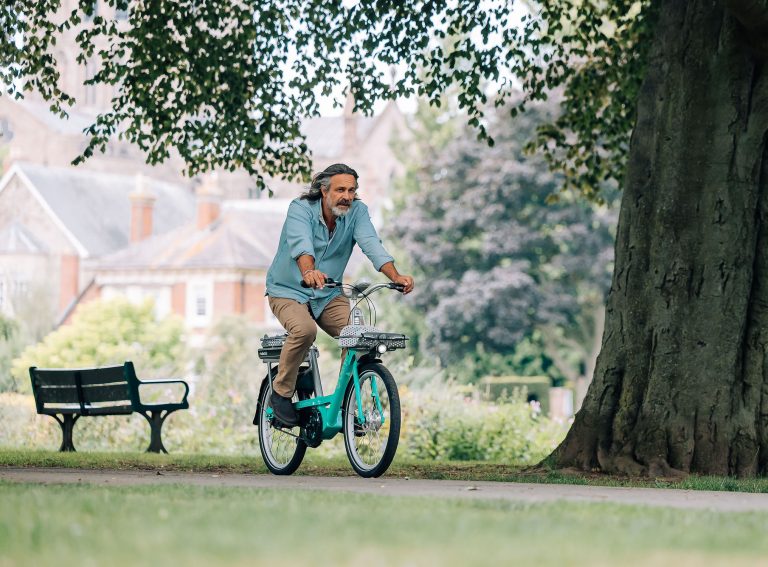Author: Laurent Kennel, VP of Strategic Development and Sustainability at Dott
If COP26 has taught us anything, it is that companies and local governments must hold each other accountable in turning mission statements into action when it comes to reducing carbon emissions.
Increasingly we’ve seen companies claim carbon neutrality, an acceptable first step in the right direction. At Dott, we’ve measured, reduced and offset all our greenhouse gas emissions since our inception in 2019. But just being carbon neutral by compensation isn’t something we see as an achievement. Offset schemes don’t mean emitting less, and Dott’s mission to free cities with clean rides can only be met by addressing the full scope of our footprint, thinking dynamically about lasting reductions and only offsetting as a last resort.
To this end, we are the first in our industry – supported by independent carbon footprinting experts CO2logic – to create a dynamic model that calculates our monthly carbon footprint for every city where we operate. By using this dynamic model, which delivers calculations on a monthly basis, by market and by source of emissions, we’re striving for a more accountable industry standard.
Embedded in every operational dashboard used by all Dott local teams, this methodology places our highest emission-producing activities under a microscope. What we see isn’t always pretty. But this new level of detail allows us to urgently implement reduction strategies with surgical precision, reviewing and revising our green approach to ensure maximum impact.
Built upon the internationally recognized GHG Protocol’s three scopes for classifying and addressing carbon emissions, we take accountability for our full value chain; meaning everything from emissions associated with operating our fleet of e-vehicles, to our suppliers, logistics vehicles, warehouses and recycling. Under each scope, we measure all emission-producing activities and develop focused strategies to actively reduce rather than offset.
We’ve cut our scope 1 emissions – produced mainly by the vans needed for deploying our fleet – by powering our global fleet with swappable batteries and operating e-vans and cargo bikes instead of traditional combustion vans. Using low-emission vehicles to swap an empty battery for a full one on the spot dramatically reduced our need for van transport in cities already burdened by traffic congestion.
We address scope 2 – emissions from purchased energy consumption – by sourcing renewable energy to power our operational warehouses. Further, we’re moving our global headquarters in Amsterdam to an energy-efficient building in the city’s new ‘greenzone.’
Divided into 15 categories and the toughest to reduce, scope 3 emissions are released from sources we don’t own or fully control such as vehicle manufacturing, supply chain, recycling, business travel, employee commuting, and office equipment. We’re taking it piece by piece. In 2021, we focused on extending our vehicle lifespan by repairing vehicles with recycled parts before replacing them. Remember when e-scooter lifespan was rumoured to be shorter than the shelf life of milk? We are very proud that our first-generation fleet is still operational after more than 2.5 years in the field! With this achievement, the five-year target for our current generation seems more than achievable.
As we look forward to 2022 and beyond, the majority of our efforts will be focused on scope 3. Our numbers may look different than others in our industry, but this is because our reduction targets are ambitious and in our modelling, we refuse to cut corners. We never extrapolate the lifespan of our vehicles and we never credit ourselves negative emissions for recycling our vehicles. Our focus isn’t on painting a rosy picture, it’s on doing the right thing for our cities and our planet.
Today, our strategies helped reduce our carbon footprint by 65 per cent from 2019 to 2020, and another 40 per cent for every kilometre ridden in 2021 compared to 2020. But we won’t stop there. Since January 2021, we have registered and certified our reduction targets with the Science Based Target Initiative to be in line with a 1.5 degrees scenario. By 2025 we are aiming to offer our services with a carbon footprint of fewer than 20 grams of CO2 per kilometre ridden. It’s an ambitious target, but with the tools now in place we are already making progress. We are serious about sustainability and honest about our carbon footprint, striving to leave the smallest trace possible.











